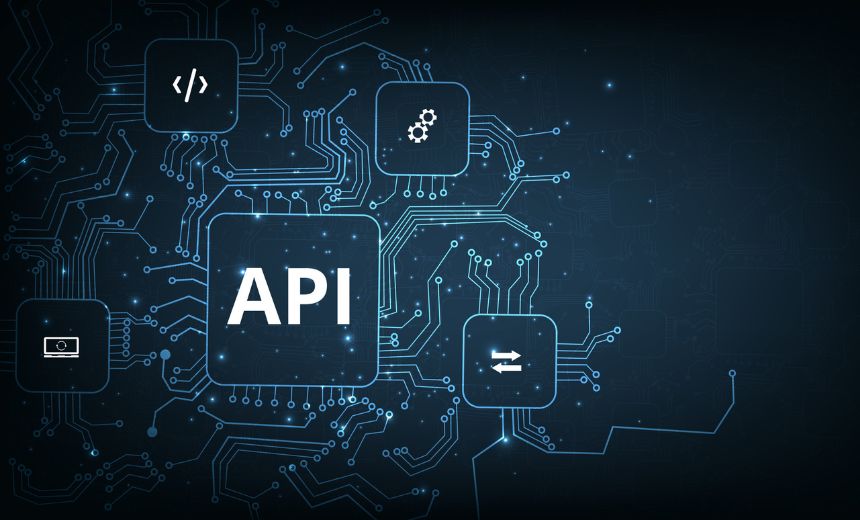How Automated API Discovery Tools Can Save You Time and Effort

Application programming interfaces, better known as APIs, are essential components of modern software development. They allow different software components to communicate with each other, enabling developers to build more complex and powerful apps. But discovering APIs can be challenging task, especially if you intend to use manual processes.
See Also: Live Webinar | Breaking Down Security Challenges so Your Day Doesn’t Start at 3pm
What Is API Discovery?
API discovery is the process of finding and identifying APIs. It involves searching for APIs across your entire technology ecosystem and creating an accurate inventory that then can be utilized for various efforts going forward. Oftentimes, due to attrition, relaxed security policies and human error, organizations have thousands of APIs deployed and, frankly, don’t have visibility into them. This lack of visibility presents a myriad of security risks that can ultimately lead to a data breach.
The Challenges of Manual API Discovery
Manual API discovery involves searching for APIs using search engines, API directories and other online resources for publicly available APIs. And for internal APIs or nonpublicly available APIs, developers have to figure it out themselves. While this approach may work for simple apps with a limited number of APIs, it quickly becomes impractical for more complex apps with microservices architectures.
Let’s take a look at some of the reasons why manual API discovery is impossible:
- The number of APIs is growing rapidly.
According to the State of the Internet report, API traffic now represents over 80% of the current internet traffic. That’s right: API calls are growing twice as fast as HTML traffic. With the average enterprise managing over 15,000 APIs, it’s not hard to fathom such a commanding share of traffic. As a result, API sprawl has ensued in many organizations, leading to zombie, shadow and legacy APIs that aren’t accounted for.
- APIs are constantly changing.
APIs are not static resources. They are constantly changing, with new versions being released, old versions being deprecated and new features being added.
- APIs are often poorly documented.
API documentation is essential for understanding how an API works and how to use it. Unfortunately, many APIs are poorly documented, especially across different versions over their life cycle, making it difficult to understand their capabilities and how to use them.
- APIs have different formats and protocols.
APIs come in different formats and use different protocols. Purists refer to these as different architectural styles and data exchange formats. Some APIs use REST, and others use SOAP. Some APIs return data in JSON format, and others use XML.
- Manual efforts are too time-consuming.
Manual efforts to discover, document, migrate, refactor and remediate requires 40 hours of effort per API. If the average enterprise is managing roughly 15,000 APIs, that’s 600,000 hours of manual effort.
The Solution: Automated API Discovery
Manual API discovery is impossible due to the sheer number of APIs available, their constant changes, poor documentation, different formats and protocols, and different authentication and security requirements. Given these challenges, the solution is to use discovery capabilities. From an inside-out perspective, Noname monitors network traffic and flags XML, JSON and other indicators of API calls. Because the tool runs out of band, network performance is not affected.
As APIs are found, the platform references a broad collection of sources to identify misconfigurations and vulnerabilities. These include log files, replays of historical traffic and configuration files and much more. Our discovery tools detect all vulnerabilities in the OWASP API Security Top 10.
From an outside-in perspective, Noname helps you stay ahead of attackers by simulating the reconnaissance techniques that hackers use and enabling you to rapidly find and fix issues. Our discovery tools automatically scan your external attack surface at regular intervals to find vulnerabilities before attackers do.
To help you get started, we’ve put together a Definitive Guide to API Discovery. It covers all of the API discovery features you can’t live without. So whether
you’re new to the topic or are currently evaluating API security platforms, this guide will provide you with a comprehensive overview of what you need to look out for.
